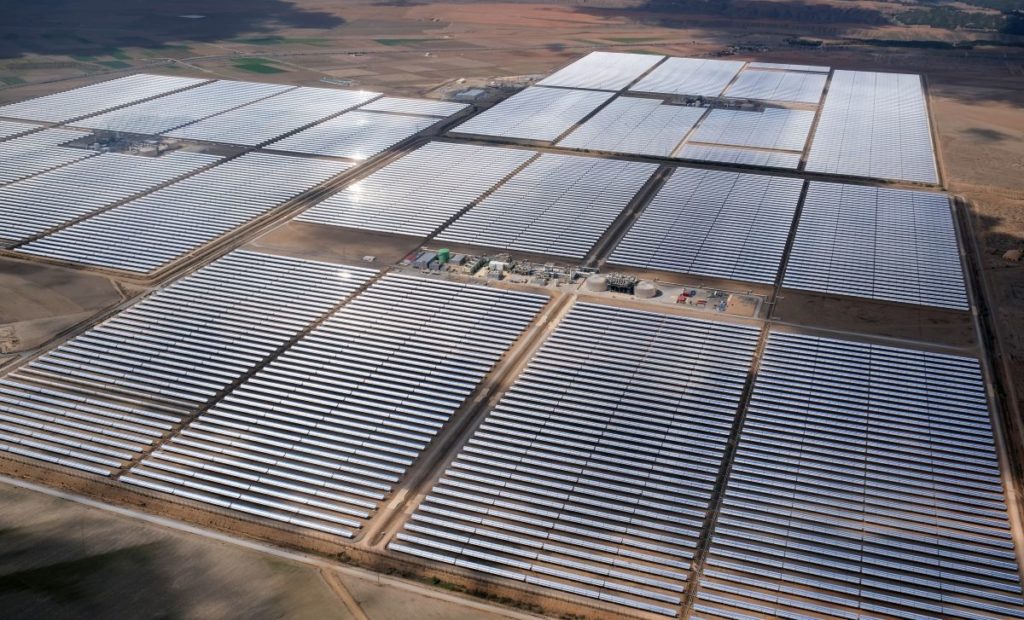
The EU will need to create a more resilient supply chain, improve the grid, and reexamine multiple constraints to achieve a more orderly energy transition, according to a study conducted by analysis company McKinsey.
The EU has published several plans for energy transition, including the European Green Deal in 2020 and the Fit for 55 plan in 2021, which aim for a 55% cut in CO2 emissions by 2030 from 1990 levels and for net-zero emissions by 2050. Moreover, the EU also rolled out the REPowerEU plan last year to reduce reliance on Russian fossil fuels.
Unlock unlimited access for 12 whole months of distinctive global analysis
Photovoltaics International is now included.
- Regular insight and analysis of the industry’s biggest developments
- In-depth interviews with the industry’s leading figures
- Unlimited digital access to the PV Tech Power journal catalogue
- Unlimited digital access to the Photovoltaics International journal catalogue
- Access to more than 1,000 technical papers
- Discounts on Solar Media’s portfolio of events, in-person and virtual
Or continue reading this article for free
McKinsey defined orderly transition as a situation in that “the European Union achieves its stated commitments of a 55 per cent cut in CO2 emissions by 2030 and net-zero emissions by 2050 while balancing affordability, reliability, resilience, and security”.
Resilient yet at-scale supply chain for key decarbonisation technologies
McKinsey said a total of five areas that the EU could work on to achieve the transition goals. First, the EU needs to create a resilient yet at-scale supply chain for key decarbonisation technologies. Currently, China supplies about 70% of the EU’s solar modules, and the solar modules made in the region are 25-30% more expensive than those made in China.
Therefore, countries in the EU could build partnerships with raw-material suppliers from a diversified set of exporting countries. For example, the European Commission (EC), in partnership with the World Resources Forum Association, proposed an EU–Africa collaboration for a sustainable raw-material supply chain.
The EU also needs to scale up the manufacturing of critical technologies by offering incentives to strengthen Europe’s manufacturing supply chain such as introducing local-content requirements, subsidies, and better capital access among others.
Labour shortages could also hamper the adoption of renewables. McKinsey added that attracting and training the workforce could ensure adequate labour to scale up clean technologies. Measures include offering clear professional-development pathways for blue-collar workers and investments in company-, country-, or EU-wide labour programmes.
Improving energy grid infrastructure
The grid also needs significant improvement to help the EU reach its goals in the energy transition. McKinsey said annual grid investments of 40-70% more than the average over the past five years would be needed to support electrification, the integration of renewables and distributed resources, and the digitisation of infrastructure.
In response to this, stakeholders could identify the most critical projects of integrated plans and review permitting and siting support through regional collaboration and cooperation among EU countries.
Demand-side measures can also reduce peak energy loads and defer grid investments. It may include heating, ventilation, and air-conditioning (HVAC) systems using thermal storage to preheat buildings, and the time and location shifting of data centre computing loads to areas where the grid is less stressed, to name a few.
Reexamining land use, societal, permitting, and regulatory constraints
The availability of adequate land will be crucial for the energy transition, especially the adoption of solar PV. McKinsey said the 2040 renewable energy source targets in France, Germany, and Italy would require an additional land area of up to 35,000 square kilometres. Specifically in Italy, up to 85% of available land would be needed to install the 63GW of solar PV necessary to meet the 2040 additions.
To address the potential shortages of available land, McKinsey said that policymakers could consider targets for renewables at the national and regional levels to help with land allocation, and maximising the repowering of existing installations to improve land productivity. This is because existing wind and solar farms are often located on sites with the highest renewables potential but deploying older technologies, therefore producing less than their full renewables potential.
Ensure the affordability of clean technologies to foster adoption
Energy costs in the EU could be reduced by 10% by 2030 compared with 2019 if renewables account for 45% of EU supply by 2030 and the electrification of energy demand meets 2030 targets. However, individuals and businesses could pay high upfront investment costs, which prevent them from choosing renewables.
McKinsey suggested that business leaders and policymakers could consider two key priorities, including lowering financial barriers, such as high upfront investments by providing incentives and subsidies for the adoption of clean technologies. They could also enable active demand participation by removing regulatory and technical constraints for end users and promoting stabilisation to mitigate volatility.
Redesigning power markets in line with decarbonisation and affordability objectives
Lastly, McKinsey said policymakers could review power markets to strengthen the system in the long term and attract investment. Options for redesigned power markets could include not only centralised competitive auctions and power purchase agreements (PPAs). Creating more transparency in energy pricing with more granular bidding zones as these could enable price clearing to occur at or near the point of generation.
